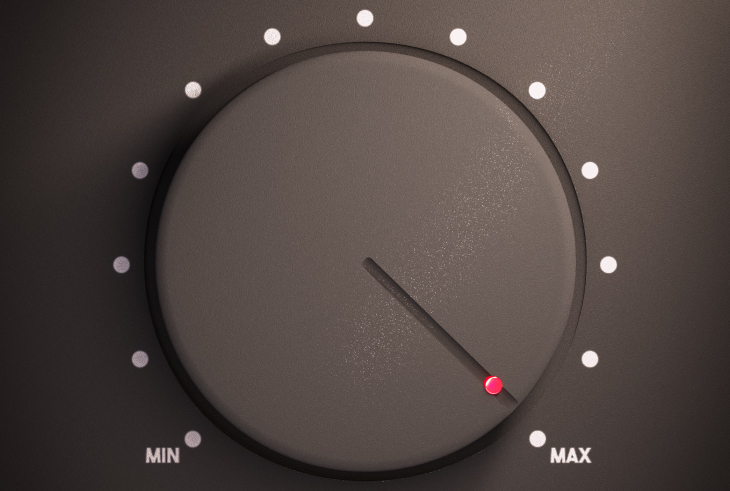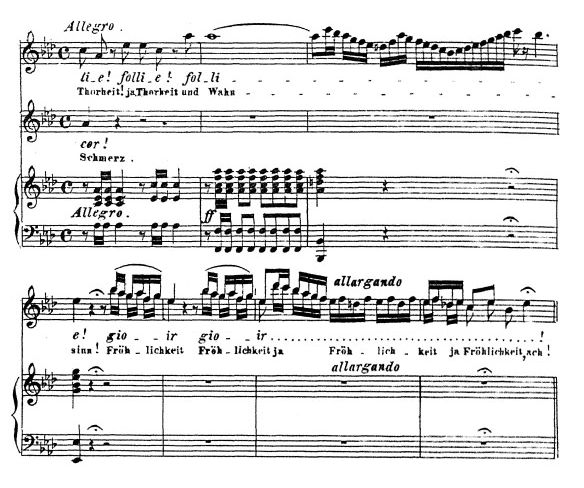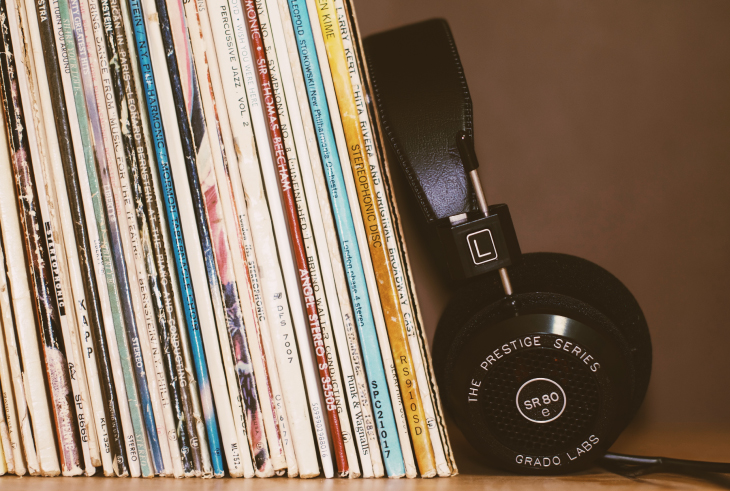
Turning the Top
Turning the Top?
There is much confusion about singing at the top of our range.
In popular music, there are many – both male and female – who sing wide open as they ascend the scale. The sound can seem a bit like yelling or spread or overly bright, usually when the singing is too loud and heavy with too much “chest voice” activity or belting.
In classical music, there is talk about this phenomenon mostly in regard to tenors – the highest male voice. Referred to as “covering,” the process is accomplished through conscious vowel modification or a darkening and rounding of the vowel. The sound seems further back, darker, and swallowed with great effort needed to secure and sustain the upper pitches. Or, the sound can seem bright, squeezed in front, nasal, with signs of strain in the way the jaw moves. Both of these sounds and feels are an attempt to head in the right direction. But, they both rely on conscious efforts like modifying the vowel, lowering the larynx, or placing the tone well forward. These sounds do approximate what is healthy to the untrained ear. Yet, being able to make a sound does not mean that the muscles involved are actually doing the correct activity as part of natural development.
What we want is for the voice to be developed so that a “turn” happens without forcing or overly conscious effort. Thus, for our purposes, “turning the top” is a way of describing singing upper notes healthily.
At first, one may experience a sensation of singing higher and the sound being “openish.” This does not mean that there is yelling, but there is quite a bit of excited energy involved; adding a little intensity as one is able. There is a feeling of taller, smaller, lighter, and thinner in comparison to the lower notes as well as a sensation of traveling back and up. These correct sensations begin to happen as the muscles do their jobs, are developed, and taught how to coordinate with one another.
As the muscles develop, they begin to brace and pull against one another. The muscles do this so that an equilibrium is reached, thus giving the singer the feel of walking backwards up the staircase; singing higher without straining effort, a very good thing. The muscles work well and give us the feel of this staircase. We notice the vowels change little bit by little bit. They do not stay exactly the same as they did on the lower notes. The size and shape of the vowels alter in response to how the muscles are adjusting properly for pitch. The muscles adjusting for pitch is the controlling factor.
One can do things with the mouth and face and “swallowing” to make the vowel sound different, even sound “like” a turn. But, just changing vowel sounds and shapes will not cause the muscles in the larynx to work right. Rather, it is the other way around.
The vocal muscles do the right thing, then tell the vowel how to behave. We get an initial sound of openness on the upper notes, and the vocal muscles start to develop with strength and flexibility. Then, we can use a vowel like [u] as in the word “put” to help guide the singer in the correct feel of “turning.”
The muscles must be ready to do this specific activity – where the cords invert with the depressor and elevator muscles working to provide laryngeal stability. If the muscles are not ready, then just singing “put” will not really do anything. If there is sufficient development then this vowel, because of its shape at the cord level, initially helps the muscles to find this adjustment which gives a certain sound and feel to the singer.
Sometimes, the cords will find all this on their own because of proper development. For, all the vocal muscles have innate logic, they know what is good. If the conditions are right, then there is a good chance that all of this will just happen automatically. If so, then cool. Either way, what we do is to pay attention to the right feel once we get it.
To recap: as we approach the upper notes we feel like we are stepping up and back on a staircase, and the feel is “openish.” Go ahead, and run up the steps! After a while there might be vowels used like [u] as in put, for others [e] or [oh] might work better, that guide us into experiencing this other sound that is not “openish” but is turned over or closed with a rounded vowel. The muscular activity will develop and become automatic. There is no need to manipulate the vowel or swallow the tone or squeeze it into some forward place.
“Turning the top” is used by opera singers and popular singers. It is healthy. Of course, we do not always have to turn the top. Some sounds, given the music, need to be openish. We can do this with great effect and still be healthy just as long as the upper notes are sung with appropriate lightness and thinness – not too thick, heavy, or loud.
about the author
Allen Rascoe Allen has been enjoying singing since he was a little kid. He officially studied voice at ECU and USC. However, he ran... Read More

RECENT ARTICLES
-

Career Your Opportunities for a Fulfilling Career in Singing
-

Basic Skills, Beginners, Tips Tips To Improve Your Singing Voice
-

Exercises, Warmups 10 Vocal Warm-ups to Change the Way You Sing
-

Basic Skills, Beginners, Exercises, Songs, Voice Teachers, Warmups What is My Vocal Range – Identify, Master and Expand Your Range
RECENT IN KNOWLEDGE
Recent Topics
- Beginning Voice Lessons (1)
- Breathing Techniques (1)
- Confidence (1)
- Experienced Teacher (1)
- Kids Singing Lessons (1)
- Musical Career (1)
- Practice (1)
- Private Lessons (1)
- Professional Singer (2)
- Sing (1)
- Singing Teachers (2)
- Style (1)
- Teach Online (1)
- Vocal Exercises (1)
- Vocal Health (1)
- Vocal Music (1)
- Vocal Pitch (3)
- Vocal Range (4)
- Voice Coach (1)
- Voice Exercises (2)
- Voice Training (4)
- Young Vocalist (1)
Categories
- Basic Skills (7)
- Beginners (8)
- Career (2)
- CCM (1)
- Contemporary Commercial Music (1)
- Crossing Over (1)
- Exercises (2)
- Online Lessons (3)
- Online Voice Lessons (1)
- Songs (2)
- Students (6)
- Tips (4)
- Vocal Coaches (1)
- Voice Teachers (2)
- Warmups (2)
Testimonials

















